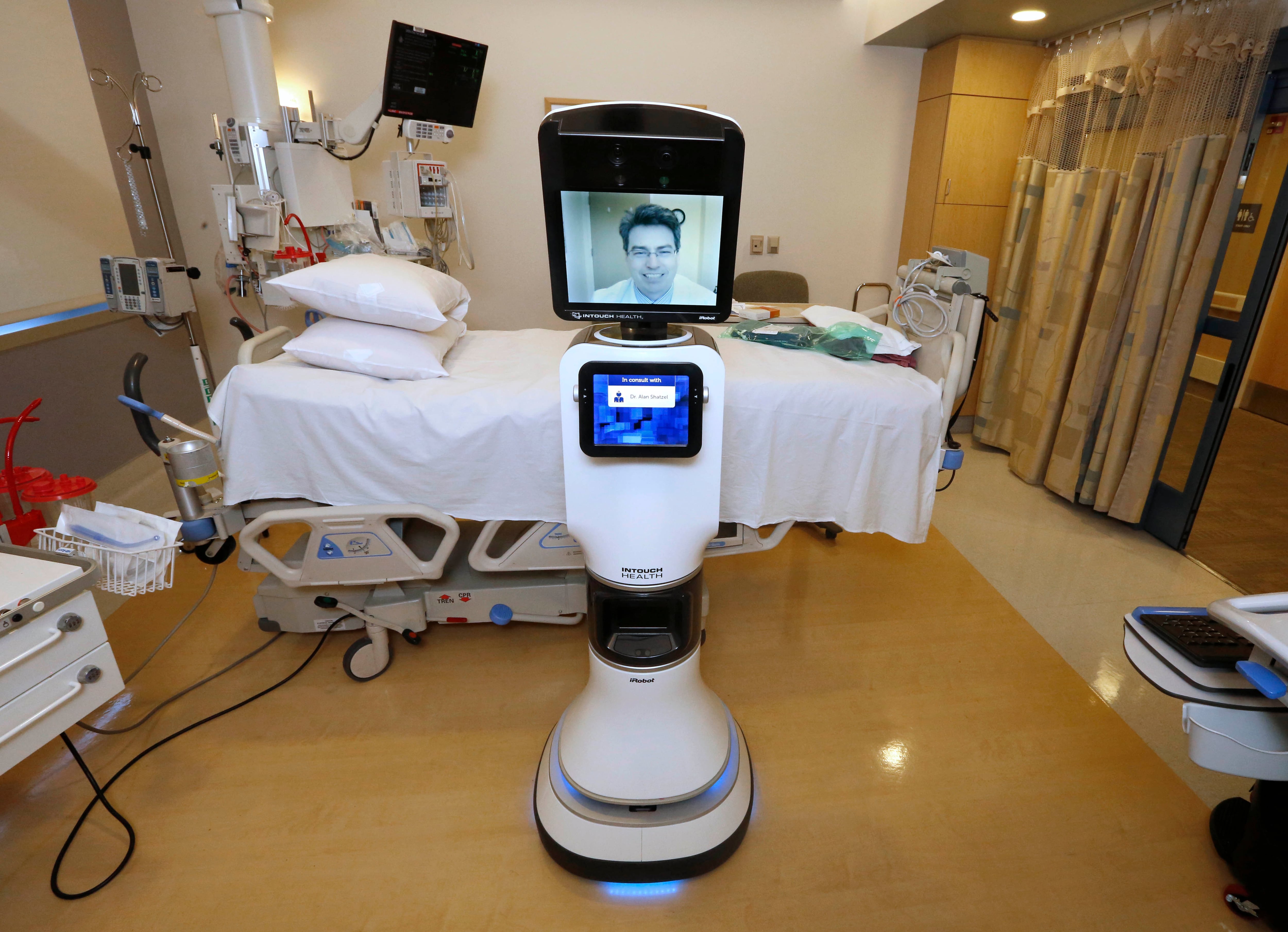In 1918, America was at war on two fronts — in the trenches of France trying to break a stalemate to end the first World War, and at home battling the Spanish flu. The latter turned out to be the deadlier enemy, killing more than 675,000 Americans in two years.
Now, a century later, we find ourselves in a similar situation, trying to end the drawn-out wars in southwest Asia while taking up arms against a deadly new virus.
During the Spanish flu epidemic, the United States health system did not have the capacity to admit the large volume of infected people. Hospitals were forced to turn away the sick, causing many persons to suffer — and die — at home without access to health care.
Fortunately, health care has come a long way since then, with the medical weaponry available to battle this new virus — e.g., antibiotics, vaccines, and intensive care units, among other things — dramatically better than existed to fight the Spanish flu.
Among the other important new medical weaponry is the fact that we now have a system in place to deal with overflow patients from an overwhelmed private-sector health care system in case of an emergency like a pandemic. The U.S. Department of Veterans Affairs (VA) is central to this plan. If the coronavirus spreads as fast as some models predict, it will be important for VA hospitals to have as many beds available as possible, and the VA is making that possible now thanks to its pioneering use of telehealth and remote monitoring technologies.
Probably no health system in the country has been using telehealth longer or has more extensive experience with it than the VA health care system. The VA is also the only truly national health care system in the country, having multiple health care facilities in every state and essentially every major metropolitan area.
RELATED

VA has also been leading the way in monitoring some of the most complicated and at-risk patients using telehealth. Examples of this include its pioneering work in tele-ICU and, more recently, its partnership with Podimetrics, Inc., in using telehealth and remote monitoring technology to dramatically reduce the occurrence of diabetic foot ulcers by diagnosing the inflammation of incipient ulcers weeks earlier than can be done by conventional methods. Similar types of innovations should be rapidly pursued in using telehealth to combat the coronavirus epidemic.
With its extensive experience with telehealth and its national footprint, VA should take a lead role in combating the coronavirus pandemic with telehealth, working in collaboration with private telehealth providers, consistent with the VA’s federally mandated mission of supporting the private sector during national emergencies
Telehealth and other virtual methods of health care are particularly advantageous in an infectious disease epidemic because they allow persons to be screened remotely, supporting self-quarantine and other infection control practices that lessen the likelihood of community spread. Since it is much more convenient for people to be screened in their homes — rather than in a doctor’s office, clinic or hospital — many more people can be screened using telehealth. Further, many ill persons can be safely treated at home using telehealth, preserving hospital capacity to treat patients who are seriously ill.
Regrettably, so far, there is no coordinated strategy for ramping up and optimizing the use of telehealth to combat the growing epidemic in the U.S.
It is too soon to reliably predict how many Americans will contract the coronavirus or how deadly the epidemic will be in the U.S., but we do know that this will be substantially influenced by the rigor of infection control measures implemented in the days ahead. We also can say with certainty that even under the most optimistic scenarios many more Americans will become ill with the coronavirus — probably many millions.
Notwithstanding medical advances, some sources have already projected that the rising number of COVID-19 victims will exceed the treatment capacity of U.S. hospitals by this summer. Others have raised concerns that even if there are enough hospital beds, there may not be enough nurses and other personnel to staff the hospitals because of the number of caregivers who will become infected and ill or in quarantine. Clearly, we need to be taking aggressive steps now to ensure that hospitals are prepared for the inevitable upsurge in hospital admissions that will occur in coming weeks and that we use our hospital capacity for those who most need inpatient care.
If the coronavirus sickens the large number of Americans that are expected to succumb to the virus in 2020, private-sector hospitals could become overwhelmed, as happened with the Spanish flu, so we need to be marshaling and organizing our telehealth capacity now so that hospital care will be available to those that truly require hospitalization in the weeks and months ahead, while others still get the care they need in the comfort of their home.
Dr. Kenneth W. Kizer is chief healthcare transformation officer at Atlas Research. He previously served as the undersecretary for health in the U.S. Department of Veterans Affairs, as well as director of health services for California, where he orchestrated the state’s response to the new HIV/AIDS epidemic in the 1980s.
Editor’s note: This is an Op-Ed and as such, the opinions expressed are those of the author. If you would like to respond, or have an editorial of your own you would like to submit, please contact Military Times managing editor Howard Altman, haltman@militarytimes.com.





